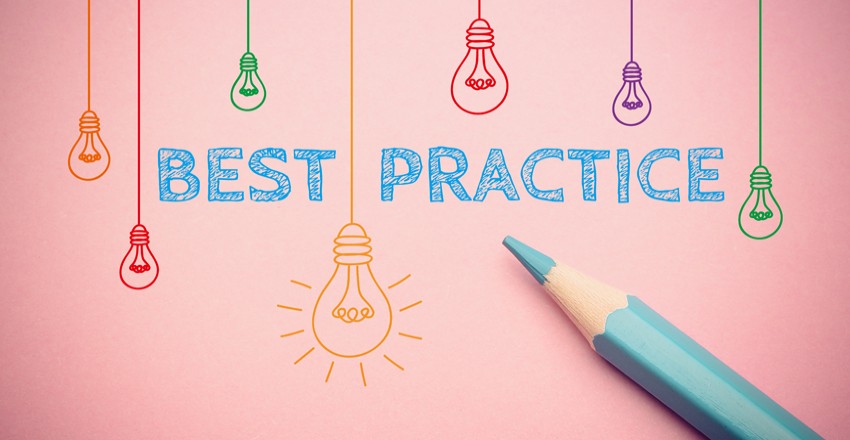 Website design is something that makes many people roll their eyes, not because they do not like websites, but because it seems to hold some mystical qualities which only a few will ever understand.
Website design is something that makes many people roll their eyes, not because they do not like websites, but because it seems to hold some mystical qualities which only a few will ever understand.
Whilst it is true that some technical aspects of designing and building websites require a level of training and experience, for the most part, it is not particularly difficult. Website design does have some basic principles which you should adhere to, and to help you understand them, if you are about to renew your website, here are the top 7.
Ensure The SEO Basics Are In Place
Being an SEO agency we had to start with this one, and no matter how large or how small a project you are undertaking with regards to your website design, in all cases, you need to have the basic SEO elements in place. This includes the title, the description, and all the other metadata such as H1 tags.
Should you be unsure of this, or if the idea of going behind the scenes and dabbling with some technical SEO aspects of your website fills you with dread, then there are plenty of resources that can help you, including ourselves.
Use a Clean Design
When we say clean design, we mean have a website that looks uncluttered, welcoming, and inviting to anyone who lands on it for the first time, and indeed every other time after that.
Whether there is a next time will vary depending on the first impression any visitor has of your website, so try to avoid neon coloured sections, black backgrounds with coloured text, and other imagery that is likely to have anyone seeing it reeling back from their screen.
Keep Your Branding Consistent
Following on from keeping your website design clean, you also want to make sure that the branding throughout your website is clear and consistent. By doing so, you will ensure that visitors to your website know they are in the right place, whether they are on your home page, your blog, or a product page.
Consistent branding will help improve brand awareness, which is important for retargeting prospects, and in encouraging customers to make repeat purchases.
Make it Easy To Navigate
Even small websites are likely to have more than one page, therefore, you need to provide a means for visitors to move easily around your website. This is where navigation is utilised where they can click a menu button or a link that takes them another page.
It is essential that the navigation is user-friendly and any button or element which they might click on clearly identifies where it is going to take them.
If any confusion exists, visitors will either not click through, or worse, they will leave, no doubt to find a website where the navigation is easy to follow.
Have More Show Than Tell
Internet users today are very much used to seeing things happen rather than reading about them. For example, video over the past 10 years has become bread and butter content thanks to every increasing broadband speeds that allow them to watch without interruption.
Your website needs to take account of this, and whilst high quality written content is essential, when possible, think of where in your website design you could also utilise photos, infographics, animation, and videos.
Ideally, you want to use them as content where you wish to show your visitors something, rather than telling them in a block of text. Seeing is believing, and when a website visitor can see your product in action, rather than read about it, they are more going to be more convinced it can work for them.
Have Clear Calls To Action (CTAs)
It is a well-known fact that human psychology is such that when we are confused, instead of trying to make a decision, we will avoid making it. That applies as much to visitors to your website, as it does to anyone else.
With that in mind, your web design needs to have in place calls to action which are clear and leave no room for interpretation or doubt.
If you have a page on which prospects fill in their details for a call back, make it absolutely clear what they should do. If you have an opt-in box where you want them to enter their name and email address, make that 100% apparent too.
You also want any element on your website pages that have a call to action to be big and bold. So, if they can sign up for a free newsletter you want a large colourful button with the words. ‘Sign Up Free’ on it.
Check For Site Load Speed
Site load speeds are important for two reasons. The first is that they are a ranking factor for Google, so if your website loads slowly, your rankings will suffer.
The second is visitors’ experiences are poor if the website loads slowly, to the extent that they may not even wait, and thus click away before even landing on your website.
Often there are just one or two reasons for slow website loading speeds, and in almost all cases they can be resolved.










